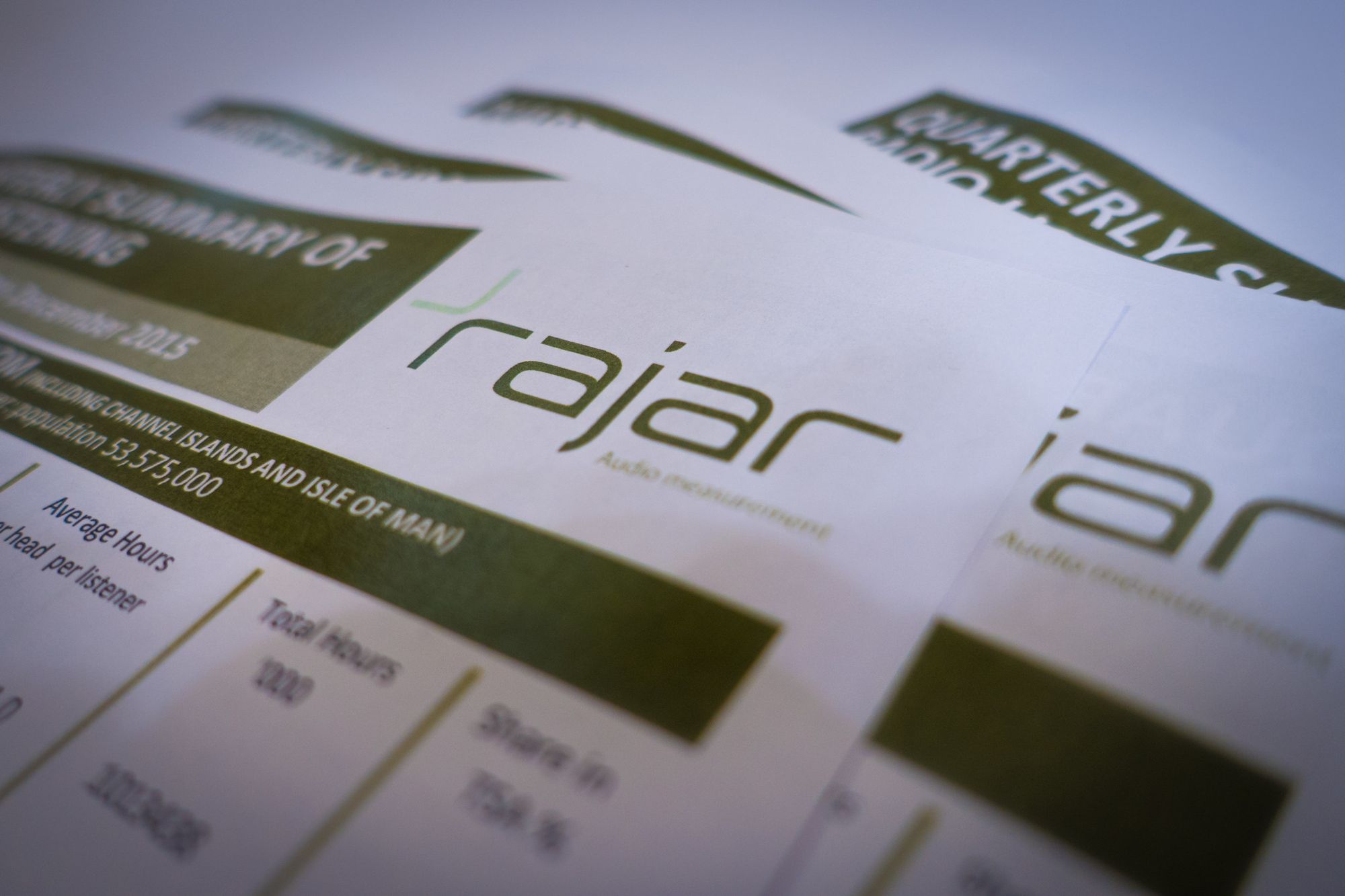Step into the dynamic world of the radio industry, where words and phrases create a unique lexicon that defines communication and operations. Whether you're a budding radio host, a media enthusiast, or just a curious listener, understanding these terms can deepen your appreciation for the art of broadcasting. Let's unravel the mystery behind some of the most frequently used radio terms and what they mean.
1. On-Air:
- Refers to the period when the station is broadcasting live or recording content for later broadcast.
2. Jingle:
- A short musical piece often used for station identification or promotional purposes.
3. Podcast:
- Digital audio content available for streaming or download, typically episodic and covering a wide range of topics.
4. Sweeper:
- A short, produced audio segment used to transition between different elements of a radio show or to introduce station branding.
5. Format:
- The overall structure and content style of a radio station, such as talk radio, music, or a combination of both.
6. DJ (Disc Jockey):
- The person responsible for selecting and playing music on the radio, often adding commentary and engaging with listeners.
7. Drive Time:
- The peak hours during the morning and evening when radio listenership is at its highest, typically during commutes.
8. Top 40:
- A radio format featuring the most popular and frequently played songs, often based on music charts.
9. Remote Broadcast:
- Broadcasting from a location outside the studio, such as live coverage from events, concerts, or public appearances.
10. Sponsorship:
- Financial support provided by a company or individual in exchange for on-air acknowledgment or promotion.
Understanding these terms allows you to dive deeper into the fascinating world of radio, where creativity, technology, and communication converge to create an immersive experience for audiences worldwide. Whether you're tuning in for music, talk shows, or breaking news, knowing the language of radio adds a new layer of appreciation to the diverse and dynamic landscape of the media industry.




